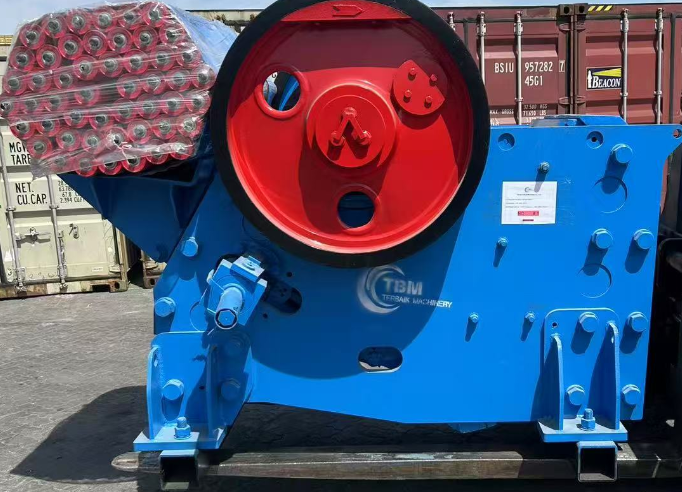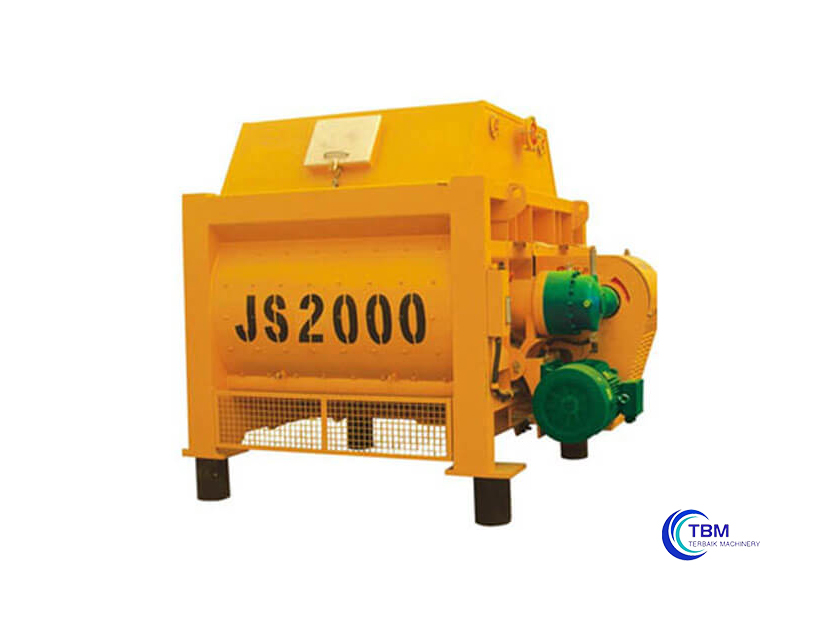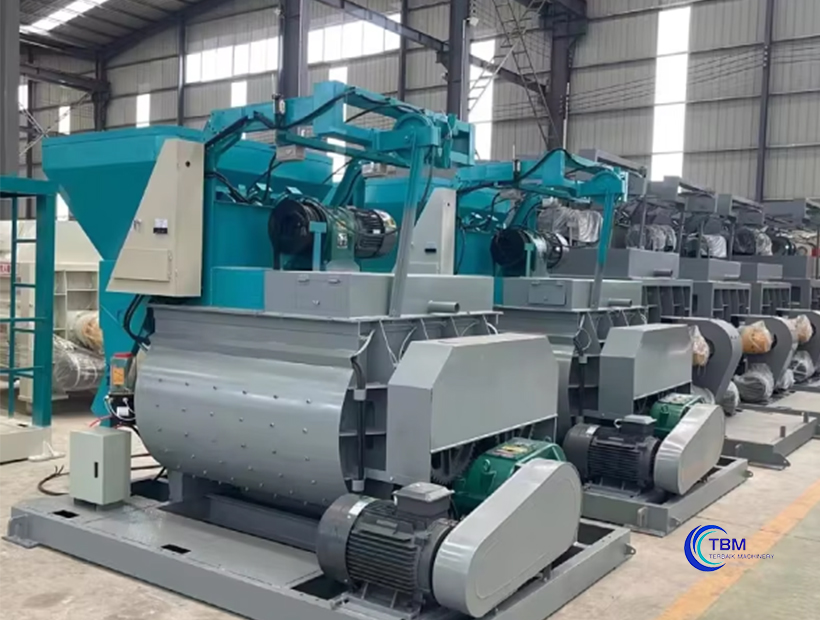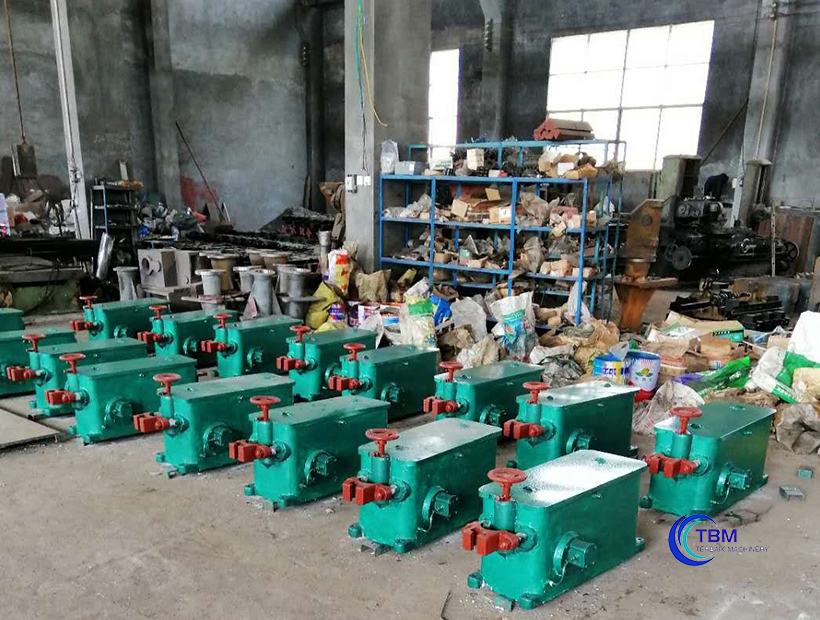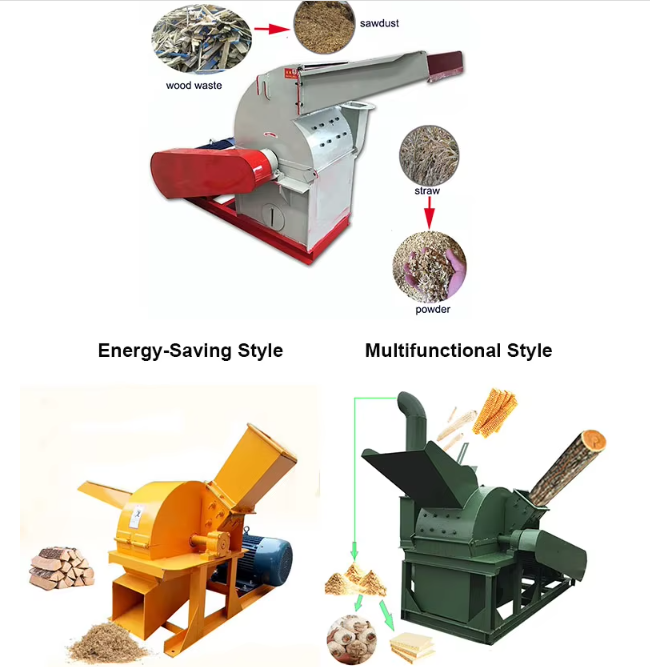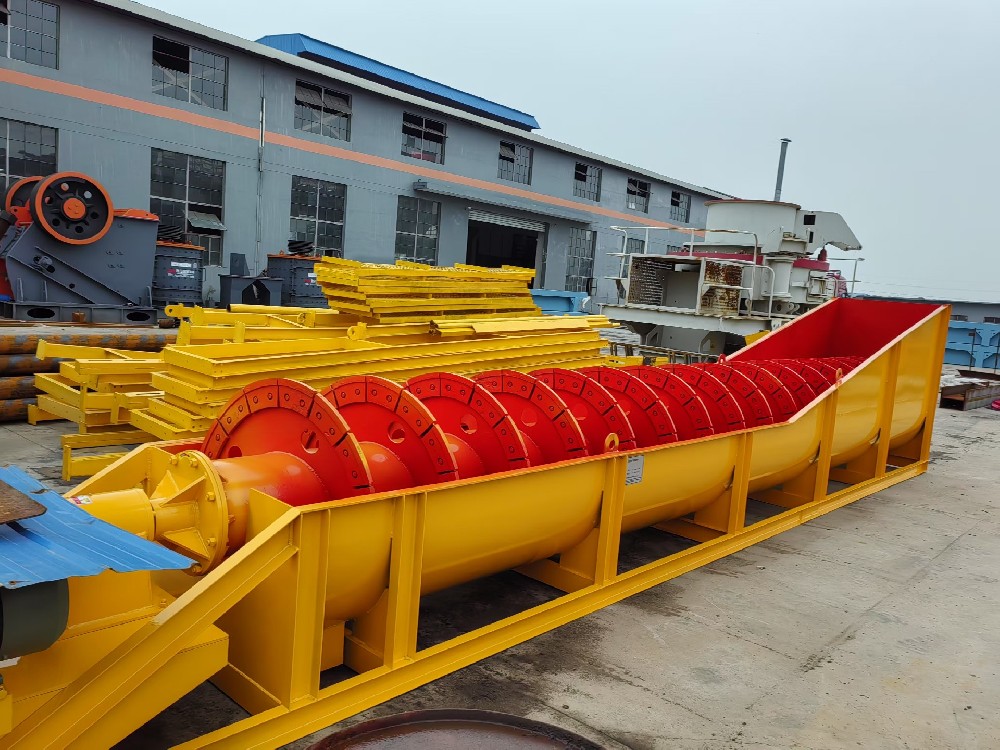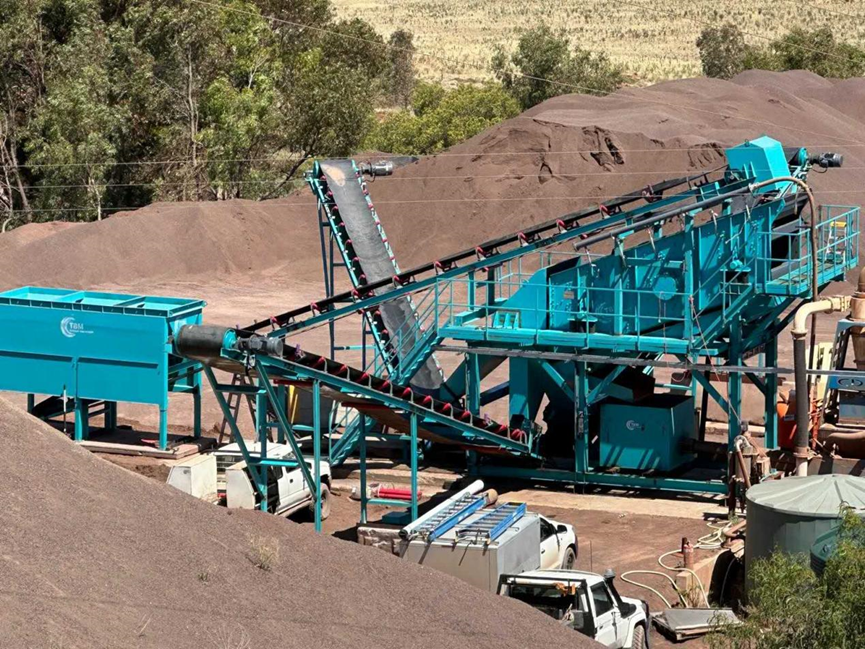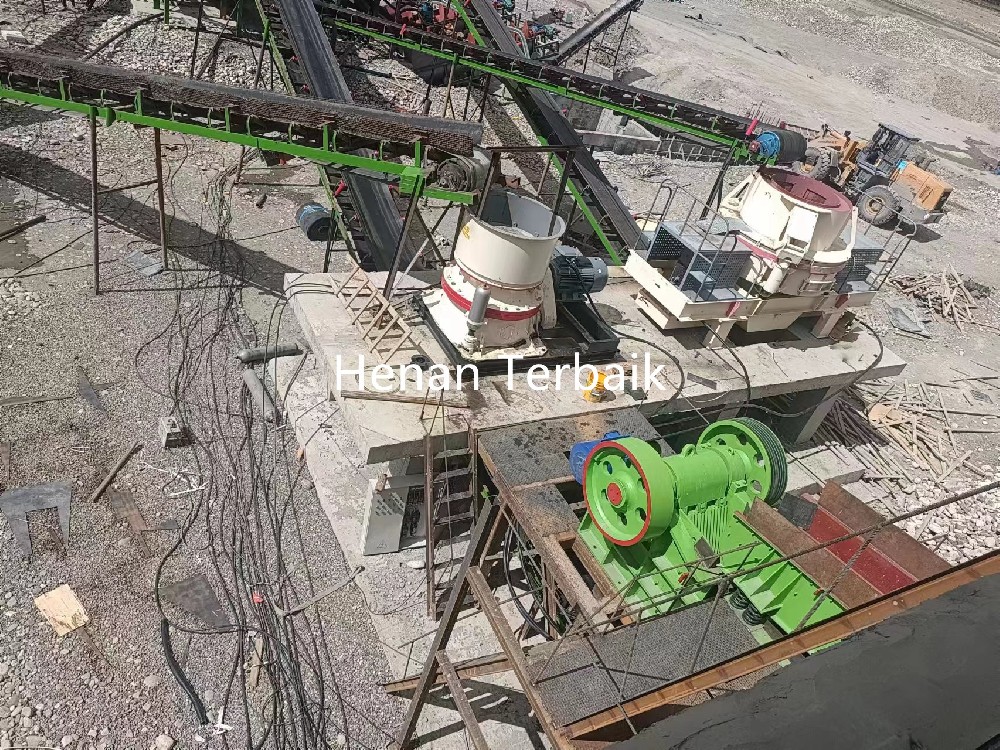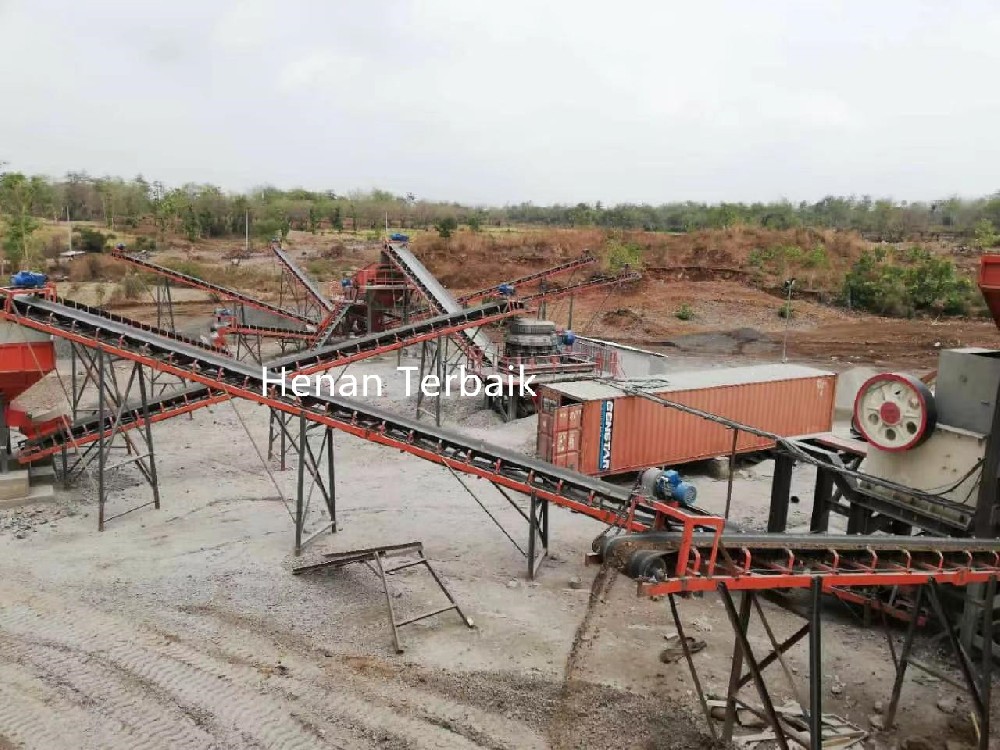Introduction to Graphite Ore Processing
Graphite, a naturally occurring form of crystalline carbon, is a vital industrial mineral with a wide range of applications, from batteries to lubricants. Efficient processing of graphite ore is crucial to maximize yield and quality. This article delves into the processes involved in graphite ore processing, the methods used for processing and refining graphite, and how natural graphite is handled to produce high-purity products. Terbaikmachinery offers advanced solutions tailored to optimize every stage of graphite ore processing.
How is Graphite Ore Processed?
Processing graphite ore involves several stages to ensure the highest purity and quality of the final product. The general steps in a graphite ore processing line include:
Crushing and Grinding: The initial stage involves crushing and grinding the ore to liberate the graphite particles from the surrounding rock. This is typically done using jaw crushers, cone crushers, and ball mills.
Screening and Classification: The crushed ore is then screened and classified to separate fine graphite particles from coarse ones. This step ensures that only the suitable particles move forward in the processing line.
Flotation: Flotation is a key process in graphite ore processing. It involves adding chemicals to a slurry of finely ground ore, which causes the graphite to attach to air bubbles and rise to the surface for collection. This step helps in concentrating the graphite and removing impurities.
Dewatering: The graphite concentrate obtained from flotation is then dewatered to remove excess water. This is typically done using filtration and drying equipment.
Purification: Depending on the intended application, the graphite may undergo further purification to remove remaining impurities. This can involve chemical or thermal treatments.
What are the Methods of Graphite Processing?
There are several methods used to process graphite ore, each chosen based on the specific characteristics of the ore and the desired purity of the final product:
Gravity Separation: Gravity separation methods exploit differences in density between graphite and other minerals. Techniques such as jigging and shaking tables are used to concentrate graphite from the ore.
Flotation: As mentioned, flotation is the most common method for graphite processing. It is effective in separating graphite from gangue minerals and achieving high-purity concentrates.
Chemical Processing: Chemical methods involve the use of acids, alkalis, or other chemicals to dissolve impurities and further purify the graphite concentrate. This method is often used for producing high-purity graphite for specialized applications.
Thermal Processing: Thermal methods involve heating the graphite concentrate to high temperatures to remove volatile impurities. This process is commonly used in the production of synthetic graphite and in applications requiring ultra-high-purity graphite.
How Do You Refine Graphite?
Refining graphite involves several steps to increase its purity and prepare it for industrial use. The main refining processes include:
Chemical Leaching: This method uses chemical solutions to dissolve impurities from the graphite concentrate. It is effective in achieving high levels of purity, especially for graphite used in batteries and electronics.
Thermal Purification: Heating the graphite concentrate to high temperatures (up to 2,800°C) can remove impurities such as silica, alumina, and iron oxides. This method is often used for high-purity graphite needed in advanced applications.
Electrochemical Processing: In some cases, electrochemical techniques are used to refine graphite by dissolving impurities in an electrolytic cell. This method is less common but can be effective for certain types of graphite.
How is Natural Graphite Processed?
Natural graphite processing involves several stages to ensure the highest quality and purity. The general process includes:
Mining: Natural graphite is extracted from open-pit or underground mines. The ore is then transported to processing plants.
Crushing and Milling: The ore is crushed and milled to liberate the graphite particles. This stage is crucial for achieving the desired particle size and grade.
Flotation and Concentration: Flotation is used to concentrate the graphite and remove impurities. The concentrate is then dewatered and dried.
Purification: The graphite concentrate is purified using chemical, thermal, or electrochemical methods to achieve the desired purity levels.
Classification and Packaging: The purified graphite is classified by size and grade, then packaged for shipment to customers.
Conclusion
Efficient processing of graphite ore is essential to maximize yield and ensure high-purity products. The advanced techniques and equipment offered by Terbaikmachinery are designed to optimize every stage of the graphite ore processing line. From crushing and grinding to flotation and purification, our solutions enhance efficiency, reduce costs, and improve the quality of the final product.
For more information about our graphite ore processing solutions, contact Terbaikmachinery. Our team of experts is ready to assist you in optimizing your graphite processing operations.





